The US Air Force's SR-72 will become the fastest aircraft ever developed at 4,000 mph.
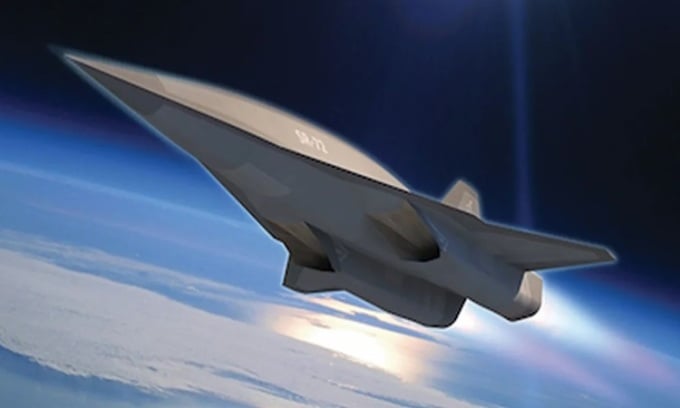
The shape of the SR-72 "Blackbird" aircraft. Photo: Lockheed Martin/Wikimedia Commons
Lockheed Martin's long-awaited supersonic unmanned aircraft, the SR-72 "Blackbird Son", is expected to take to the skies for the first time in 2025, Interesting Engineering reported on January 2. A top-secret project of the US Air Force (USAF), the SR-72 is designed to reach speeds of more than 4,000 mph, making it the fastest aircraft ever developed. It is likely that the aircraft will serve the same operations as its predecessor, the SR-71 "Blackbird".
The SR-72 is considered the successor to the SR-71 "Blackbird" which set a speed record in 1974 and was retired in 1998 after holding the title of fastest manned aircraft. The SR-72 is an unmanned, reusable supersonic aircraft. Its primary mission is intelligence, surveillance, and reconnaissance (ISR) operations.
The aircraft's combat capabilities make it ideal for attacking targets in dangerous environments where manned aircraft are too slow and risky. According to reports, the vehicle can fire hypersonic weapons faster than any other system and instantly reach hypersonic speeds. It can also maintain high speeds for longer periods of time. The SR-72 is similar in size to the SR-71, measuring 30 meters longer. The aircraft is expected to enter service in 2030. Speeds above 4,000 mph are important to the military because the vehicle allows them to reach their destination quickly. At this speed, for example, a flight from the United States to Europe would take 1.5 hours.
The SR-72 program focused on developing a fully reusable turbine-based combined cycle (TBCC) supersonic propulsion system. The propulsion system was an externally aspirated turbofan engine that combined the turbofan engine used in many modern tactical aircraft with a scramjet engine, capable of reaching and maintaining speeds in excess of Mach 5 (6,174 km/h), and even exceeding Mach 10 (12,348 km/h).
An Khang (According to Interesting Engineering )
Source link




![[Photo] Overcoming all difficulties, speeding up construction progress of Hoa Binh Hydropower Plant Expansion Project](https://vstatic.vietnam.vn/vietnam/resource/IMAGE/2025/4/12/bff04b551e98484c84d74c8faa3526e0)


![[Photo] Closing of the 11th Conference of the 13th Central Committee of the Communist Party of Vietnam](https://vstatic.vietnam.vn/vietnam/resource/IMAGE/2025/4/12/114b57fe6e9b4814a5ddfacf6dfe5b7f)
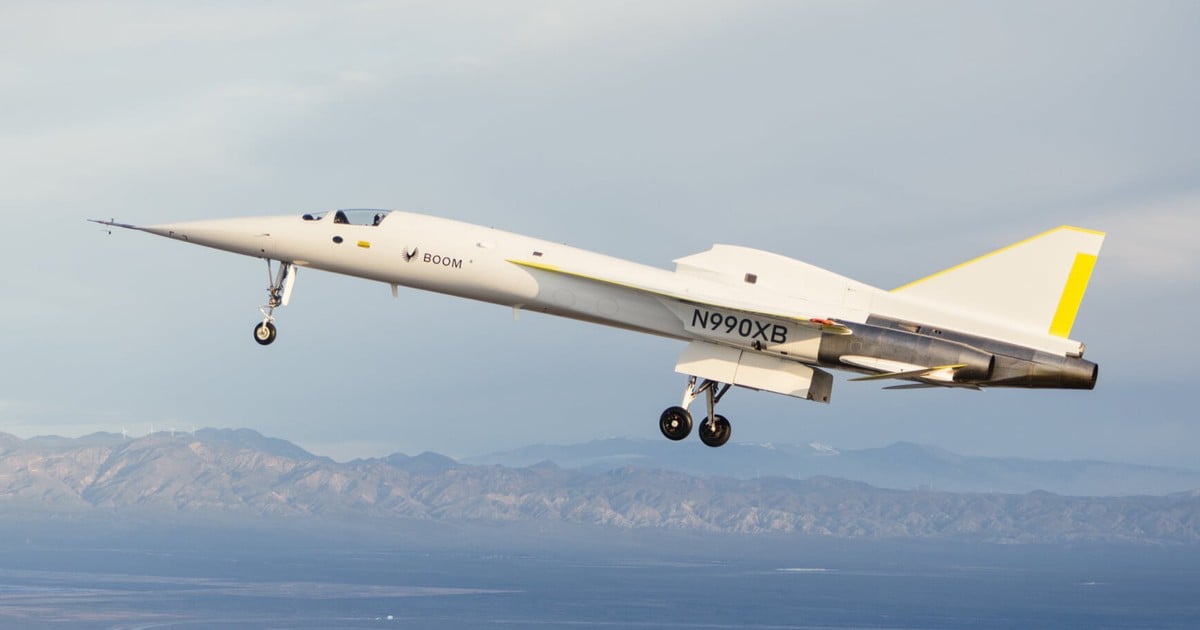

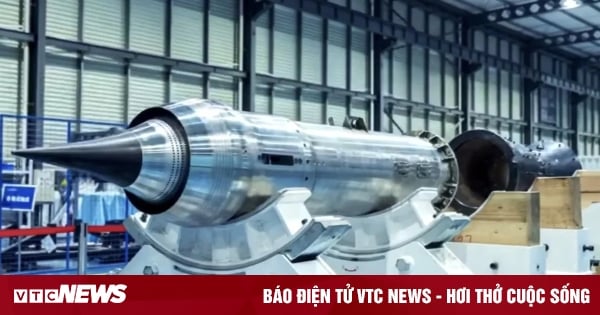


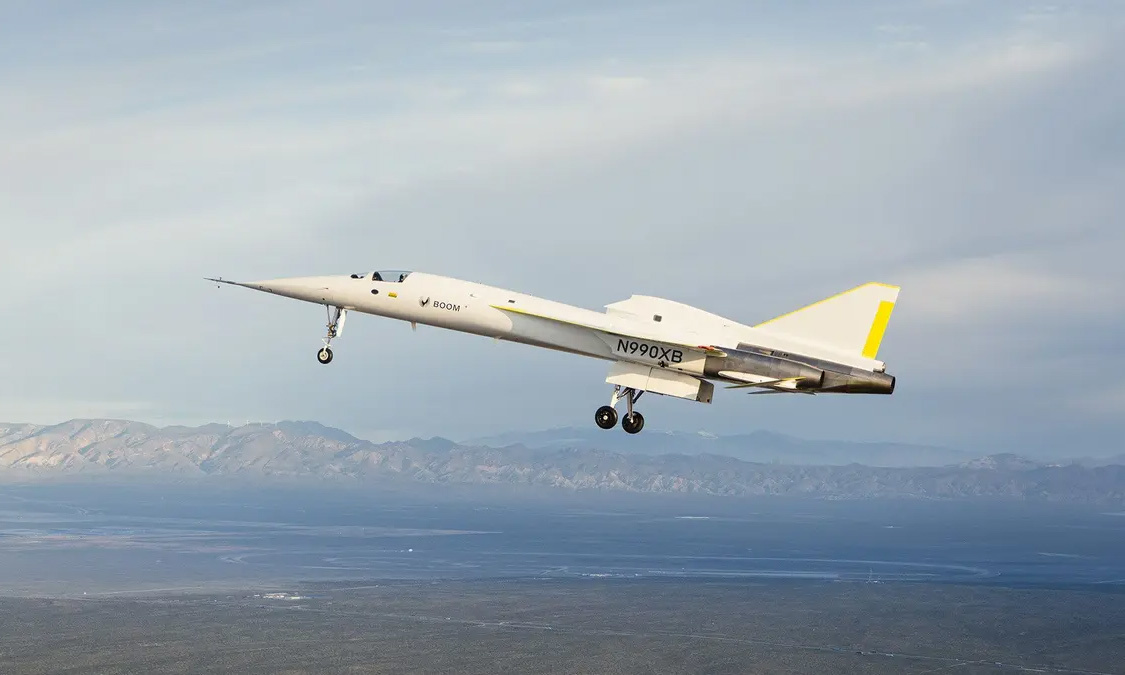
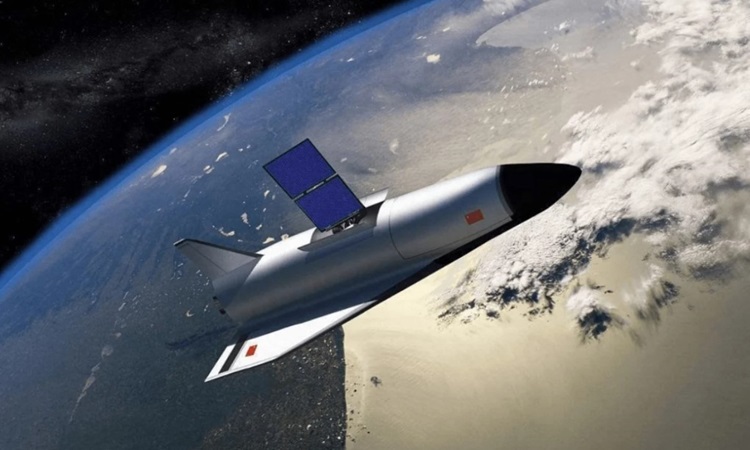

















































































Comment (0)